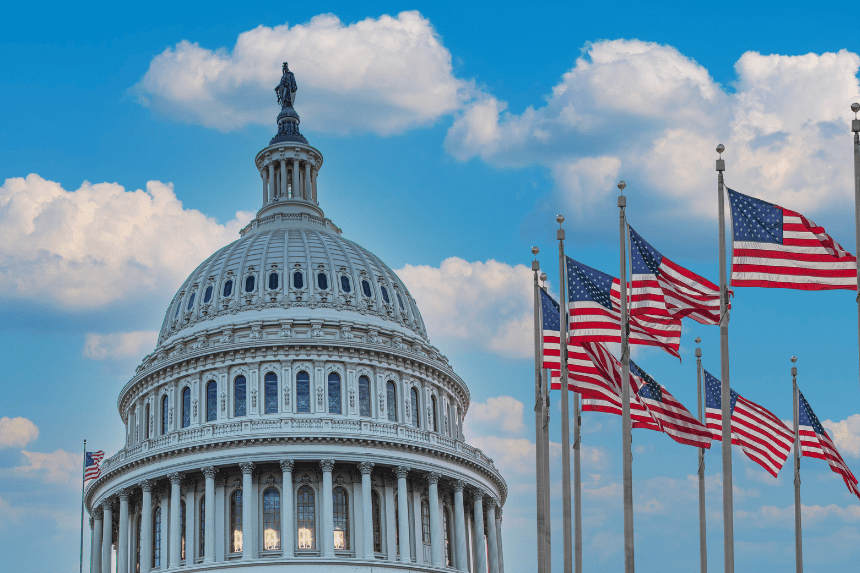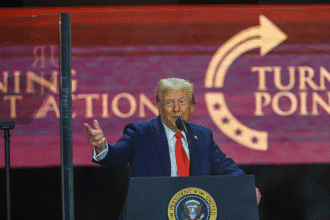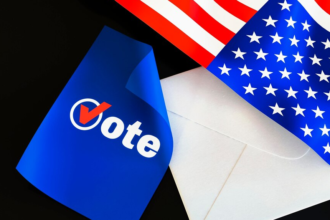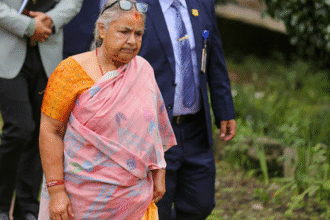The U.S. is once again facing a paralyzed federal system, as the latest government shutdown officially began following the Senate’s failure to pass a spending bill. With federal operations scaled back and millions impacted, attention now turns to how this deadlock could be resolved.
Historically, shutdowns end when one side folds under political or public pressure. This situation is no different. Several scenarios could bring this standoff to a close—whether by party defections, negotiated compromises, or rising public dissatisfaction.
Here are four potential ways the current government shutdown might reach its end.
Could Democrats Start to Break Away?
While most Democrats opposed the recent Republican budget plan, a few members broke ranks. This shift hints at potential cracks in party unity, particularly among those facing re-election in politically shifting states.
For example, senators from Nevada, Pennsylvania, and Maine have expressed concern about the economic fallout in their home states. Political survival may soon outweigh party loyalty, especially in battleground areas.
If just a few more Democrats defect in upcoming votes, it could tip the balance. That would allow a funding bill to pass—ending the shutdown even without full party consensus. Here is the link to our article on the Sudan Government Crisis.
Will Political Pressure Force a Retreat?
With the government shutdown now affecting paychecks and public services, pressure is rising. Federal workers—a core Democratic constituency—are among the first to feel the financial pain.
As this impact spreads, voter anger could shift. If Democrats begin to absorb the blame for stalled negotiations, party leaders may look for an exit strategy.
Even without major policy wins, Democrats might settle for having raised awareness about expiring healthcare subsidies and looming cuts. This could allow them to regroup politically while still claiming a moral victory.
Could Republicans Offer a Compromise?
Despite their strong public stance, Republicans face internal divisions. Some members support continuing healthcare subsidies that benefit low-income constituents—including their own voters.
In this scenario, Republicans could propose a deal that preserves essential funding while avoiding political backlash. Such a move would offer Democrats a face-saving way to end the standoff and allow Republicans to defuse a potentially damaging issue in next year’s elections.
Given past shutdown history, a strategic retreat by Republicans is not off the table. Here is the link to our article on Indian Government Censorship.
Will Both Parties Be Blamed by Voters?
If the government shutdown drags on, public frustration may turn against both parties. As services stall, travel gets disrupted, and federal employees remain unpaid, the public’s patience could wear thin.
In this “pox on both houses” outcome, voters may penalize incumbents across the board in the next election cycle. That could fuel the rise of anti-establishment candidates promising sweeping reform.
Neither party wants that. If polling begins to reflect rising bipartisan discontent, it may push both sides toward a reluctant compromise.
Final Thoughts
The current government shutdown is a high-stakes standoff with no easy resolution. Yet pressure is mounting fast—from voters, federal employees, and even within party ranks. Whether through compromise or attrition, this shutdown will end. The only question is who blinks first—and at what cost to their political future.








